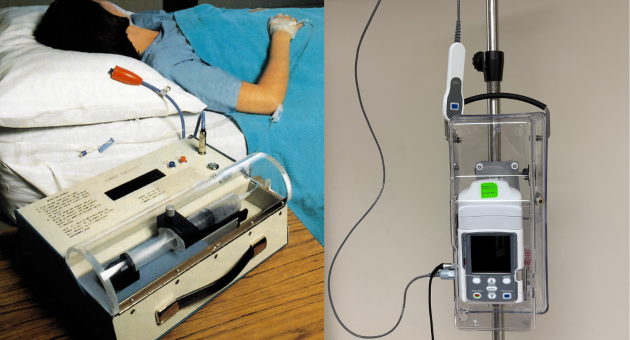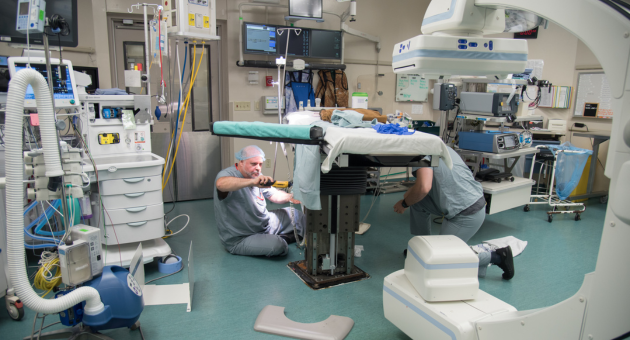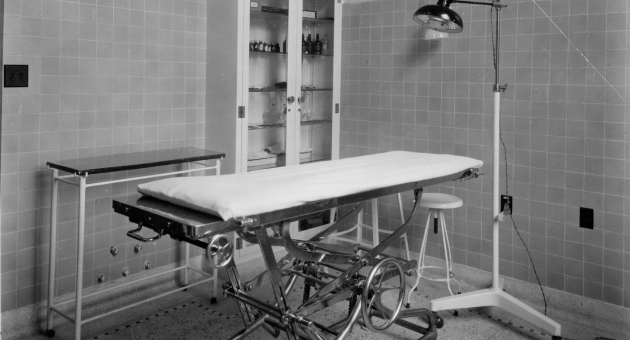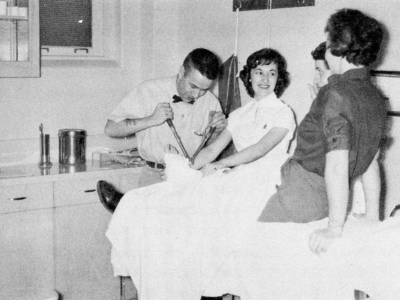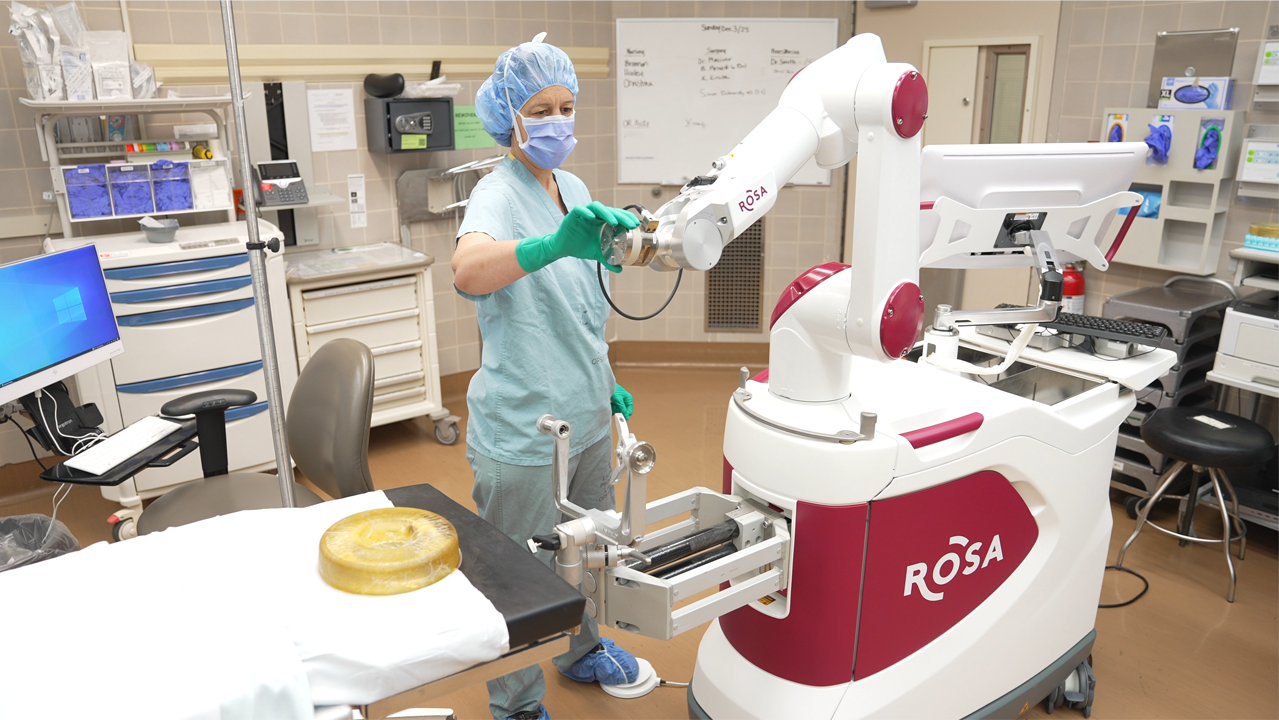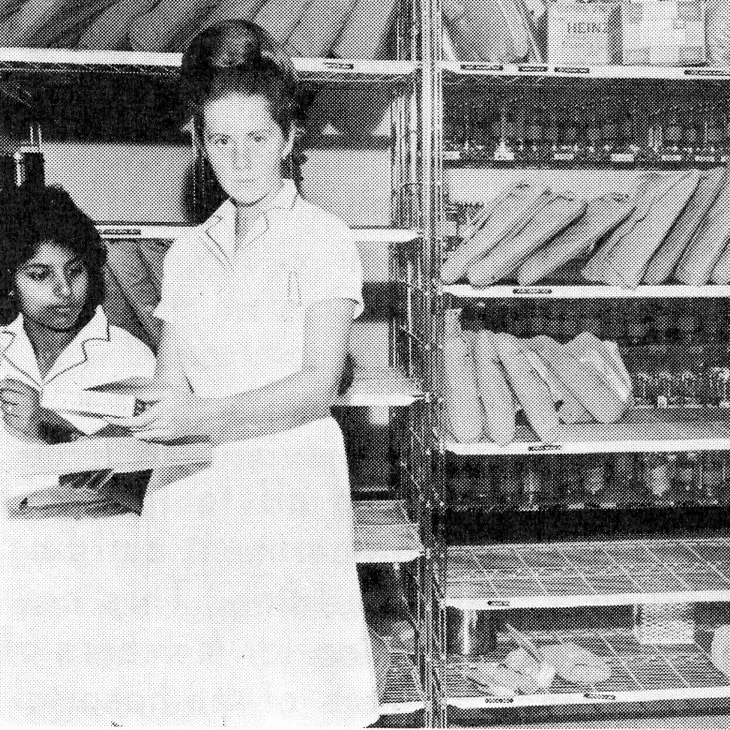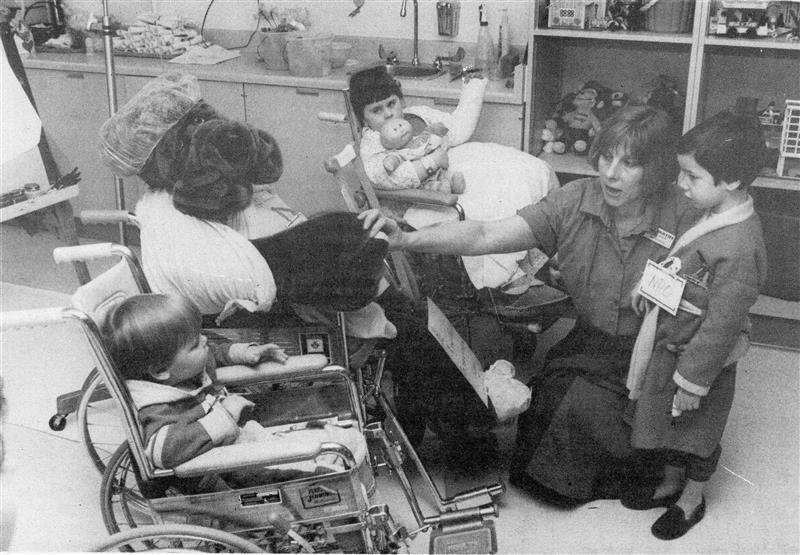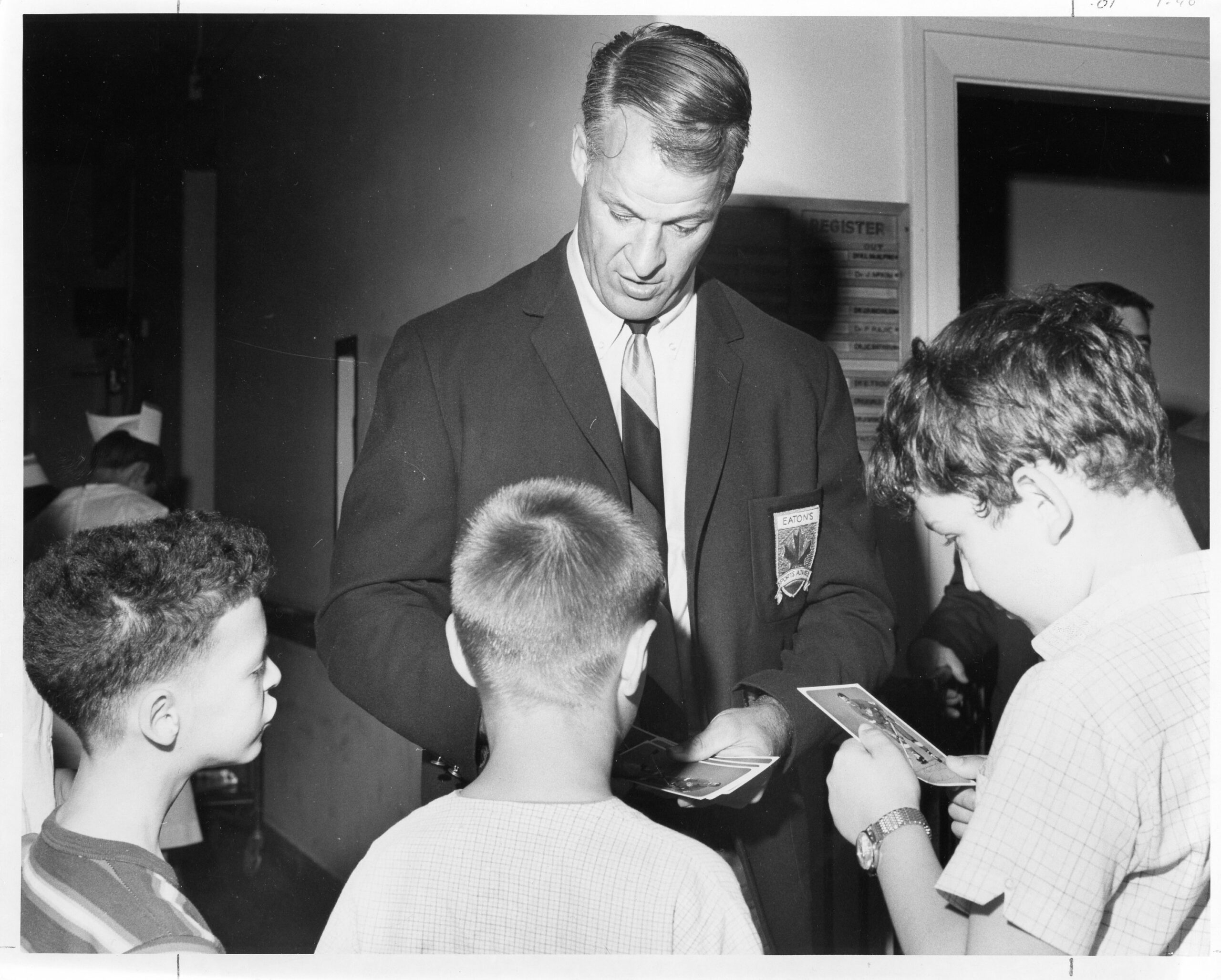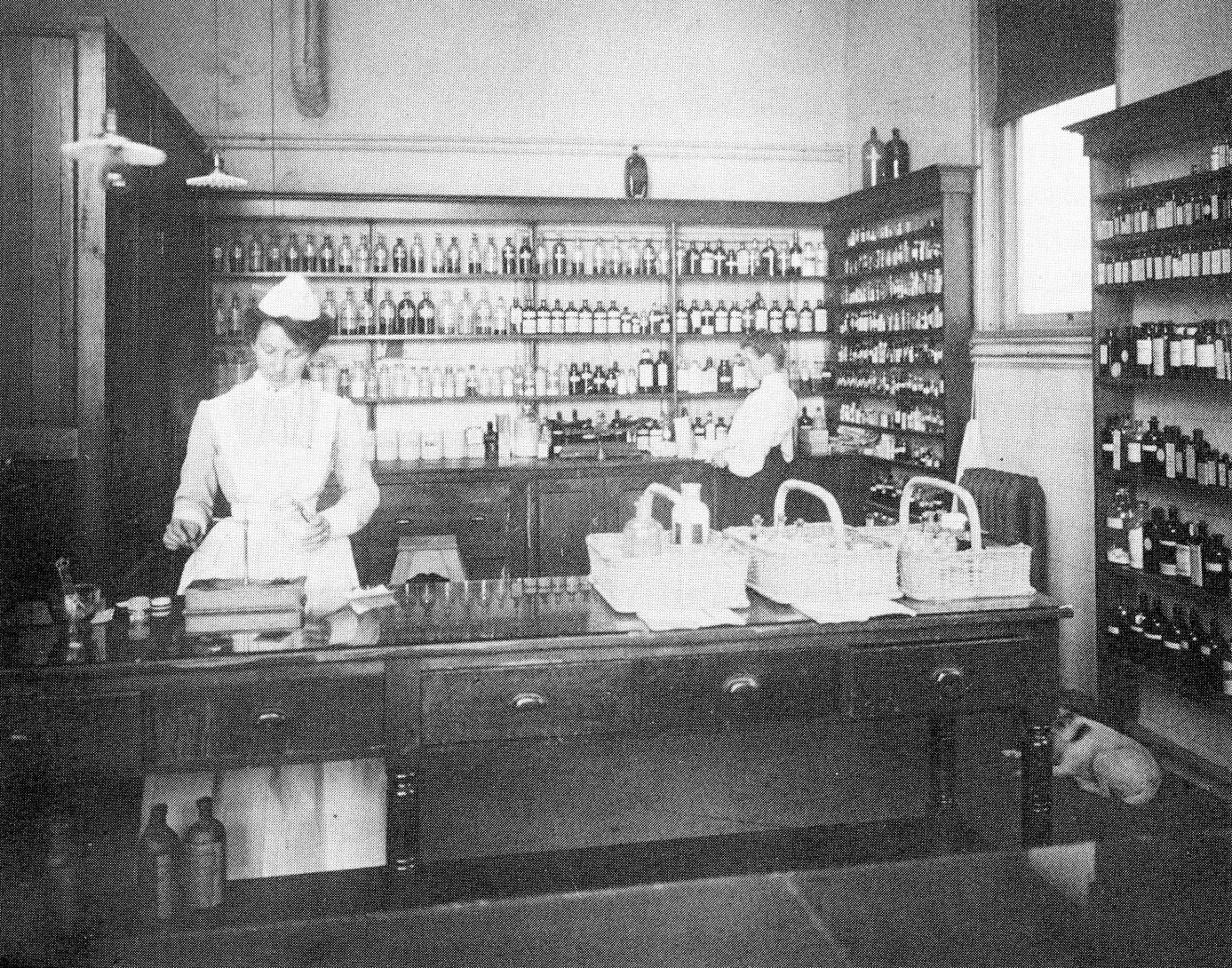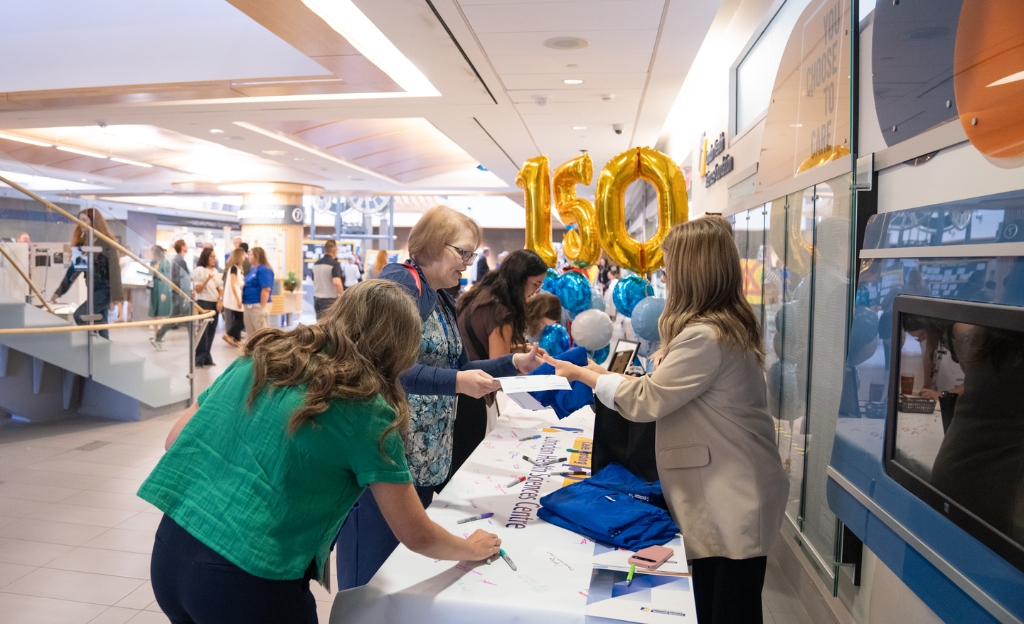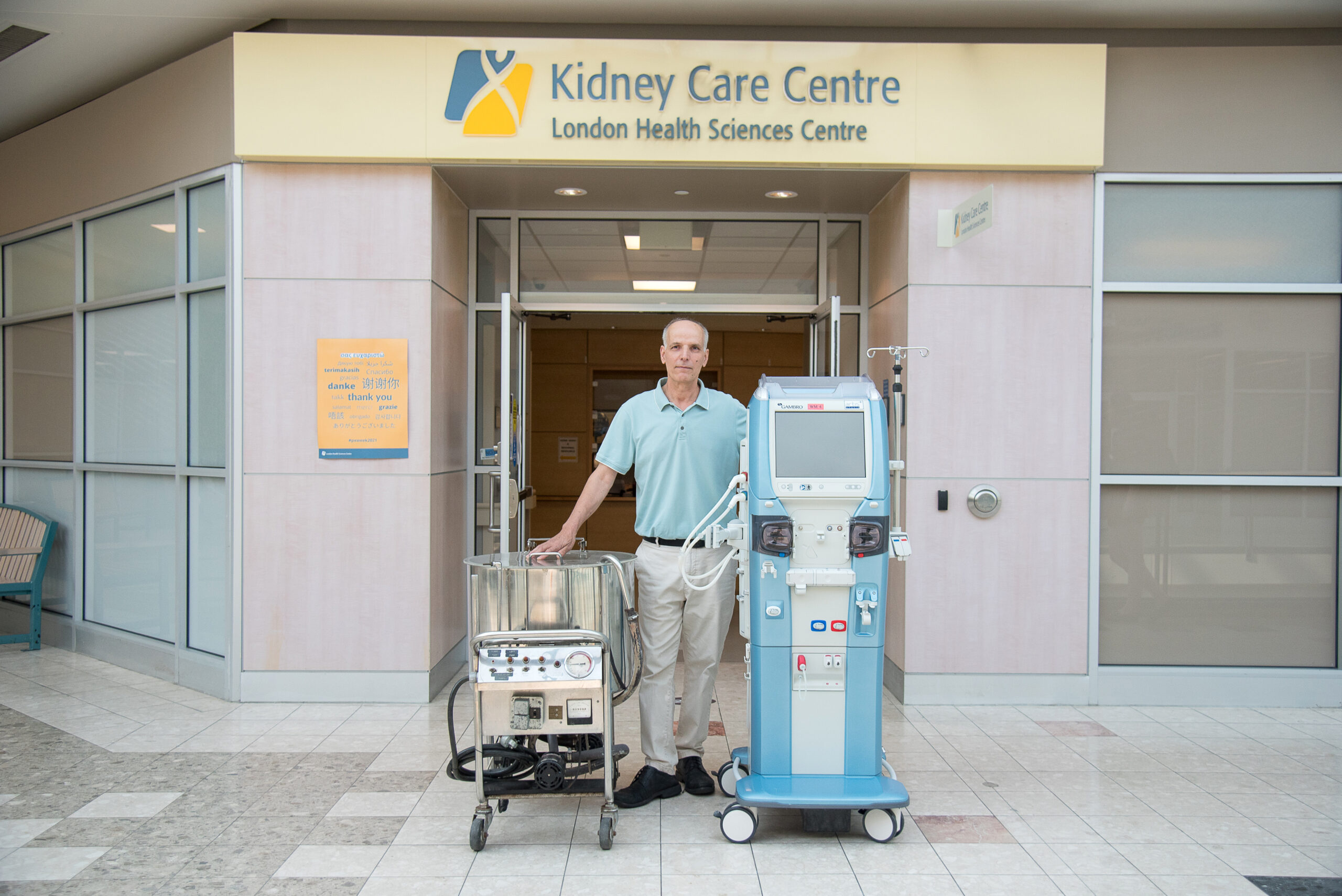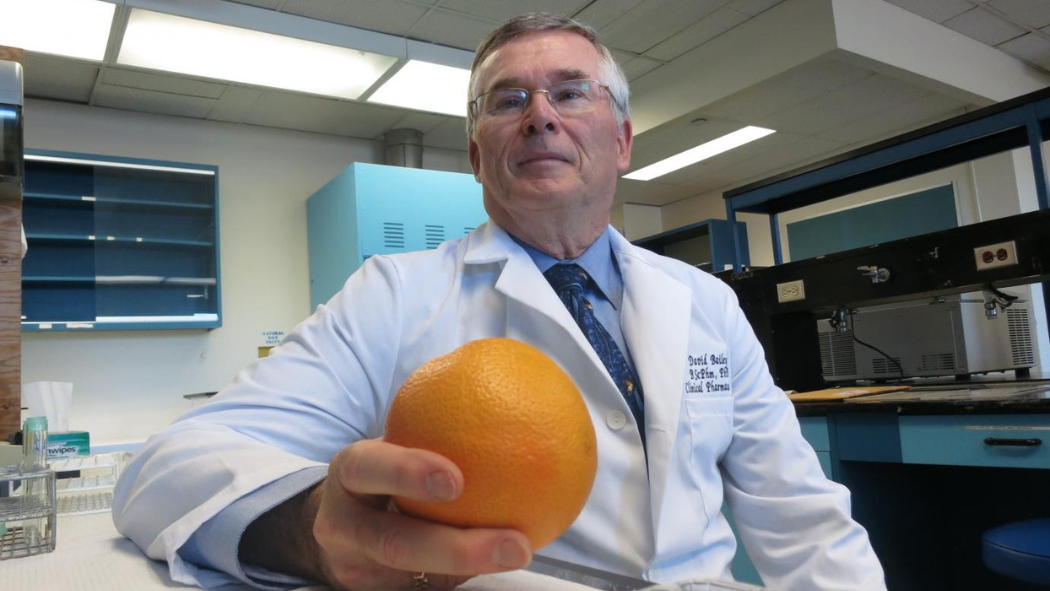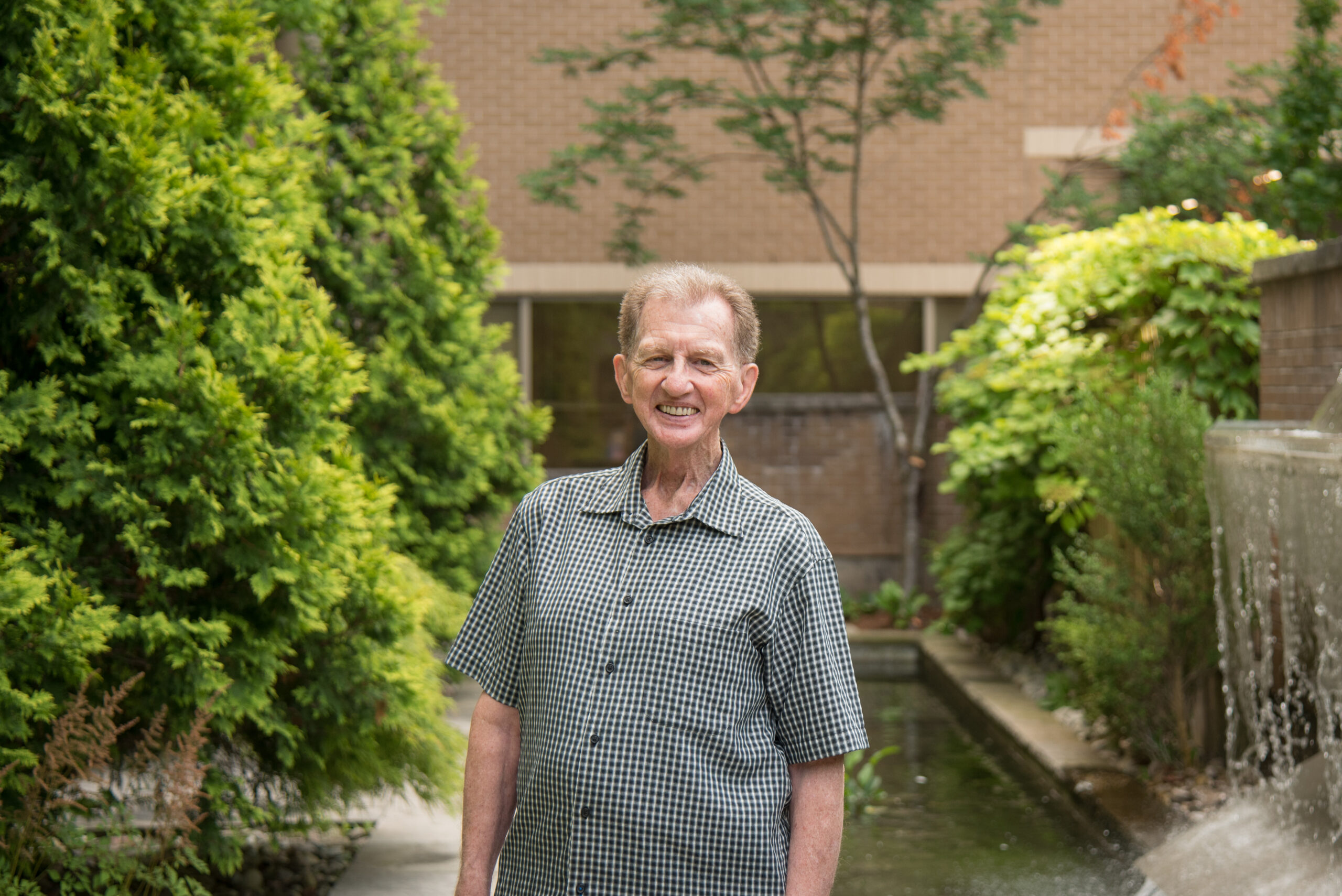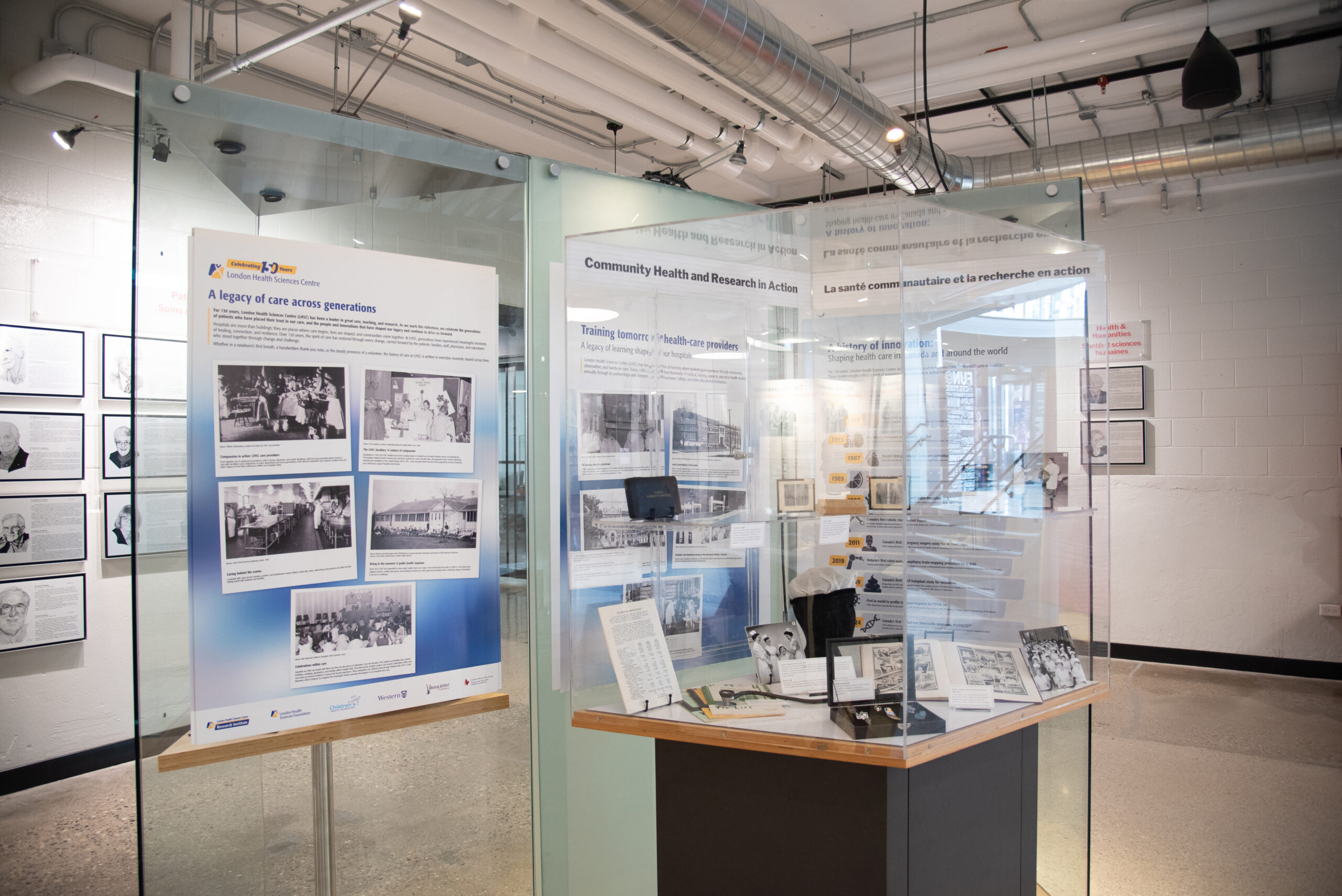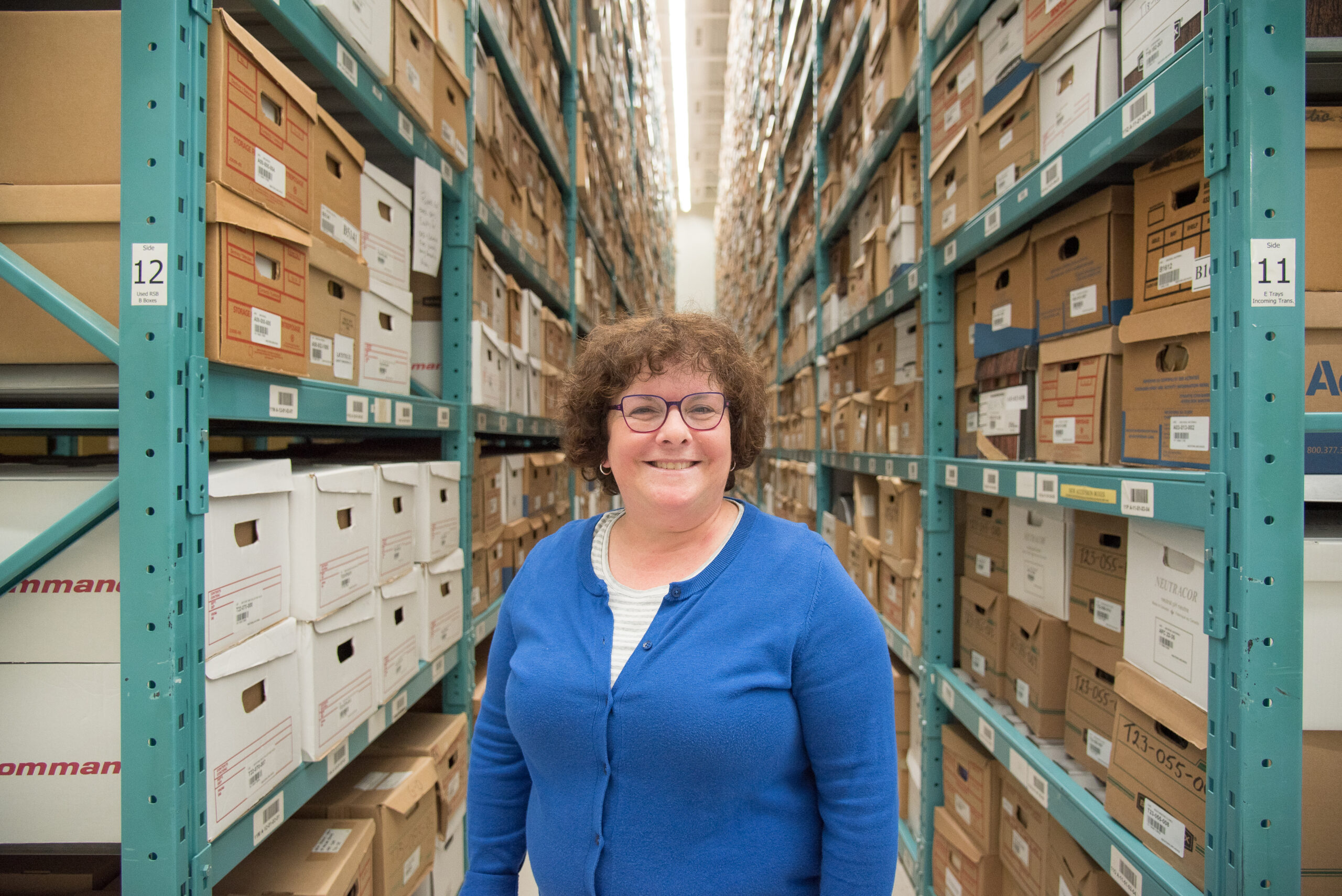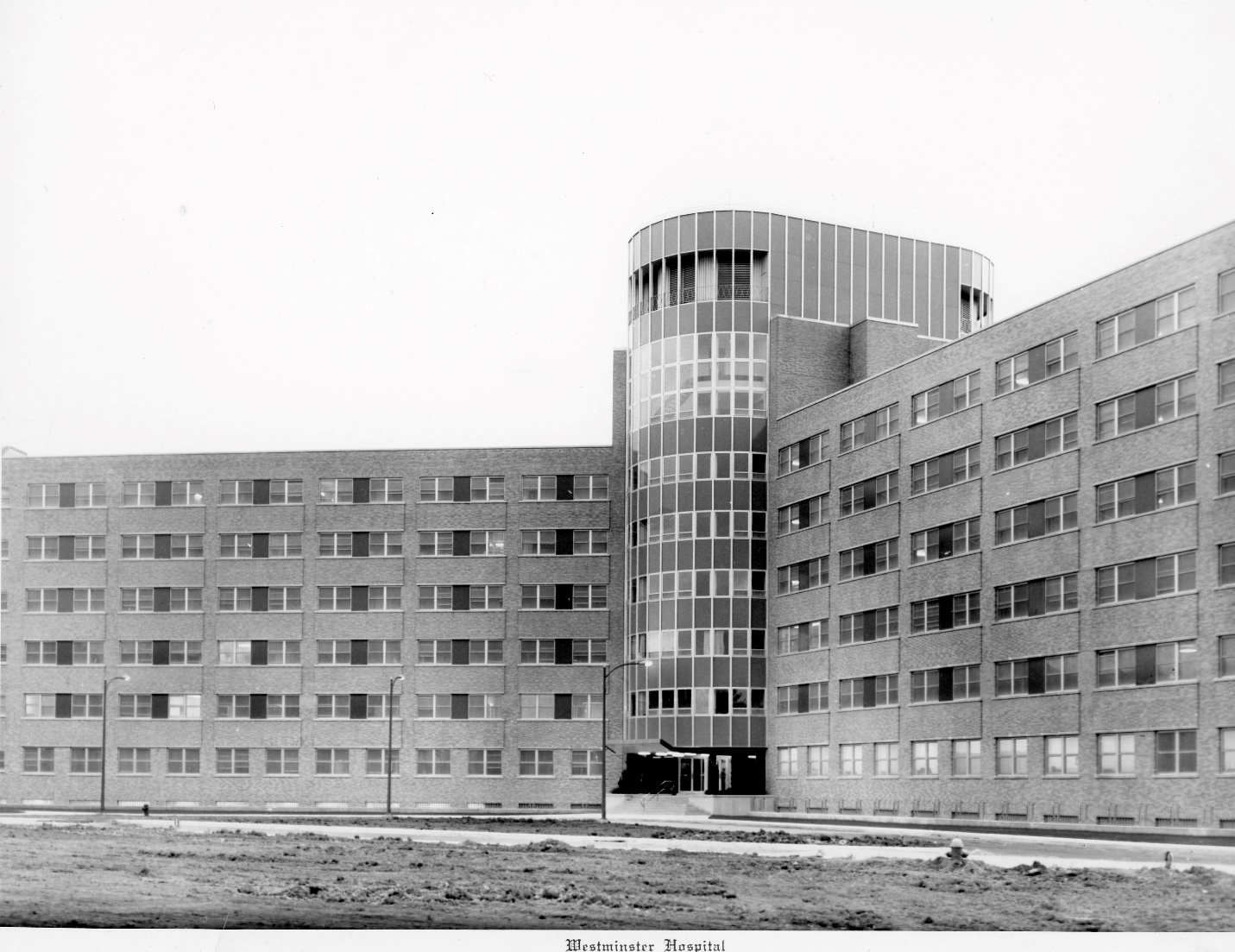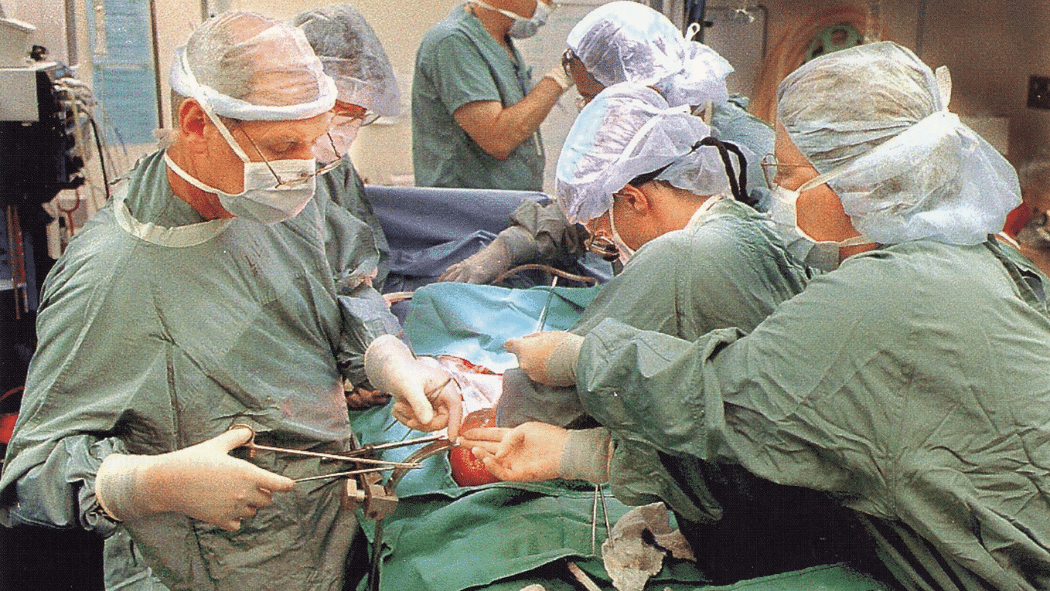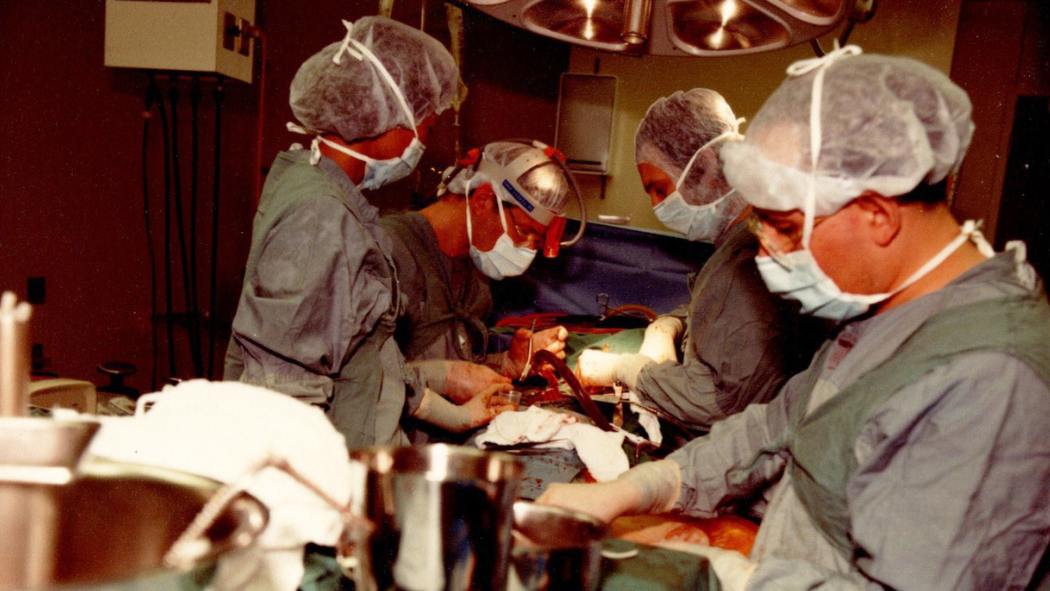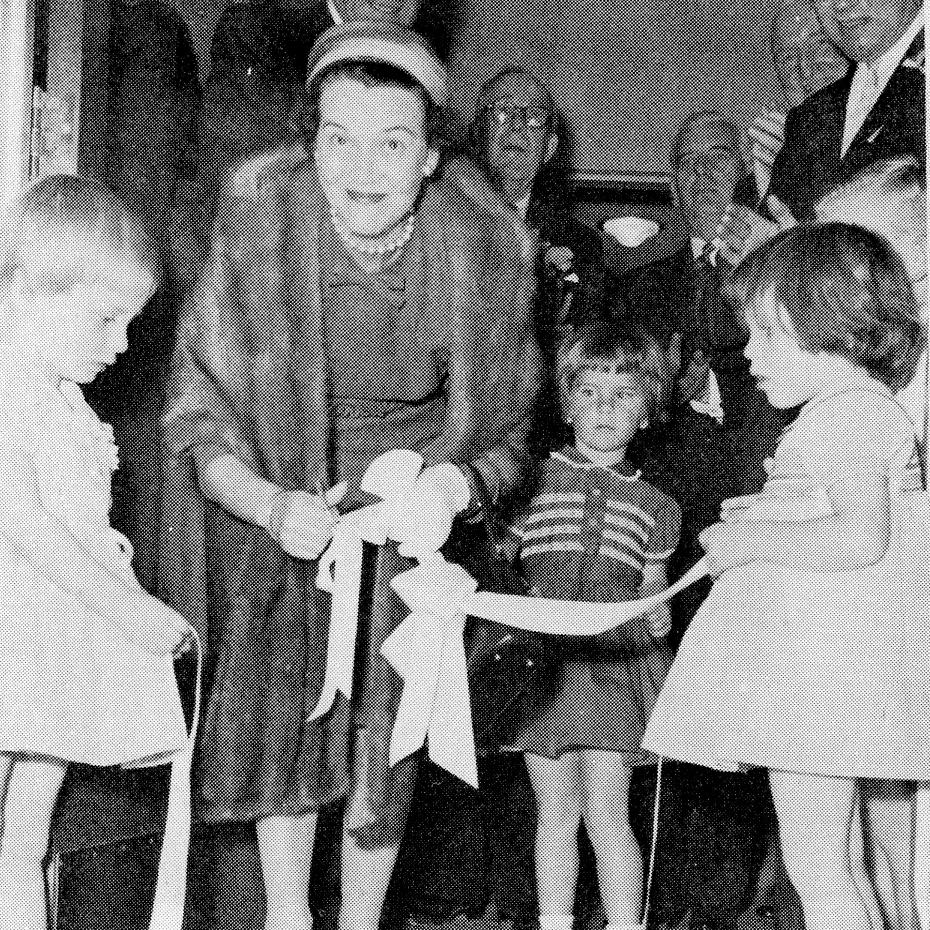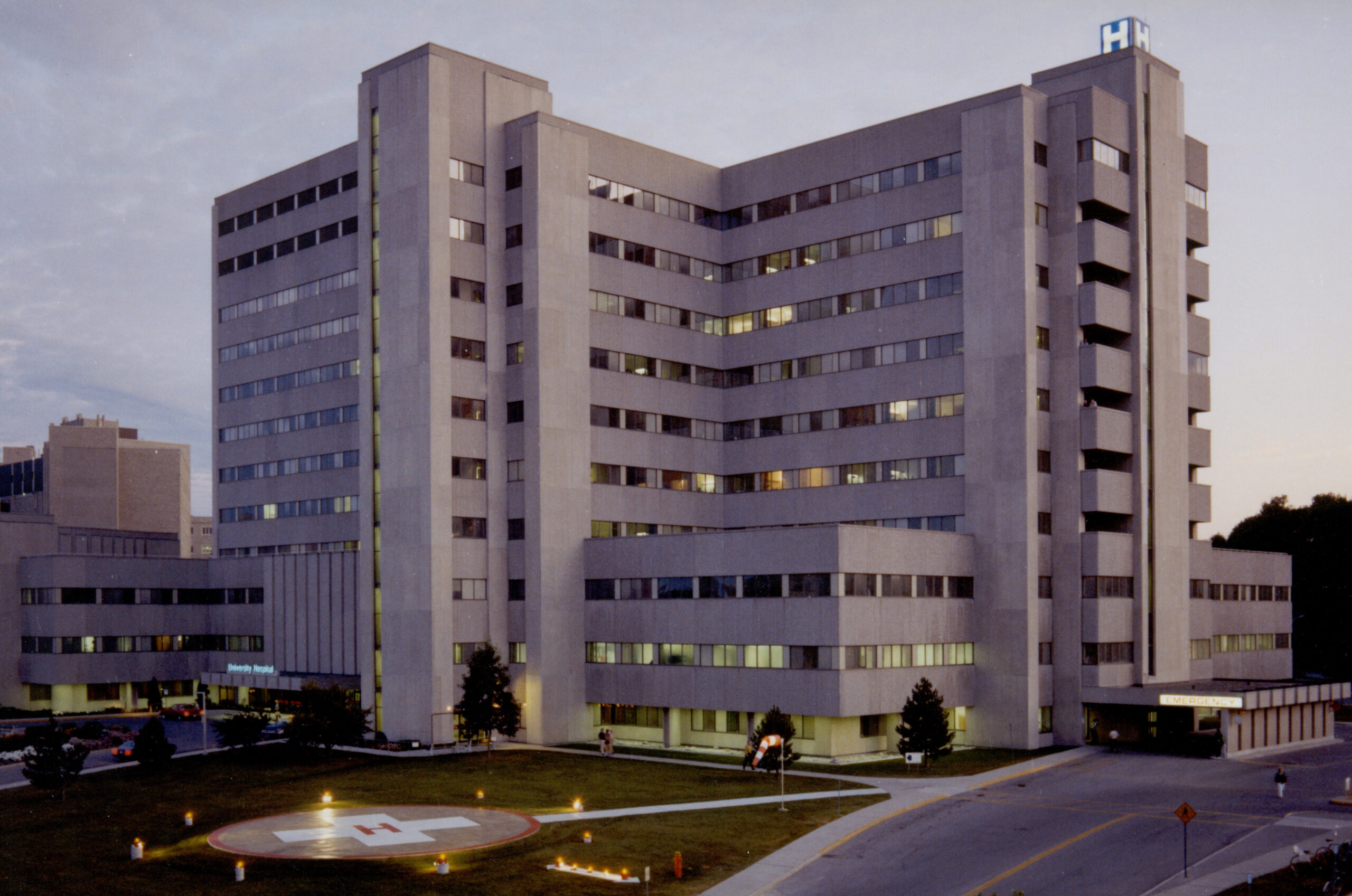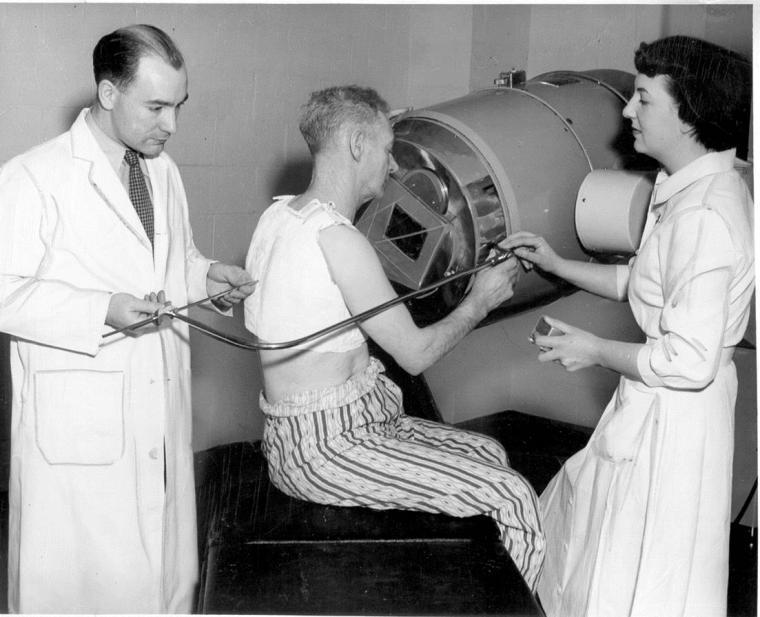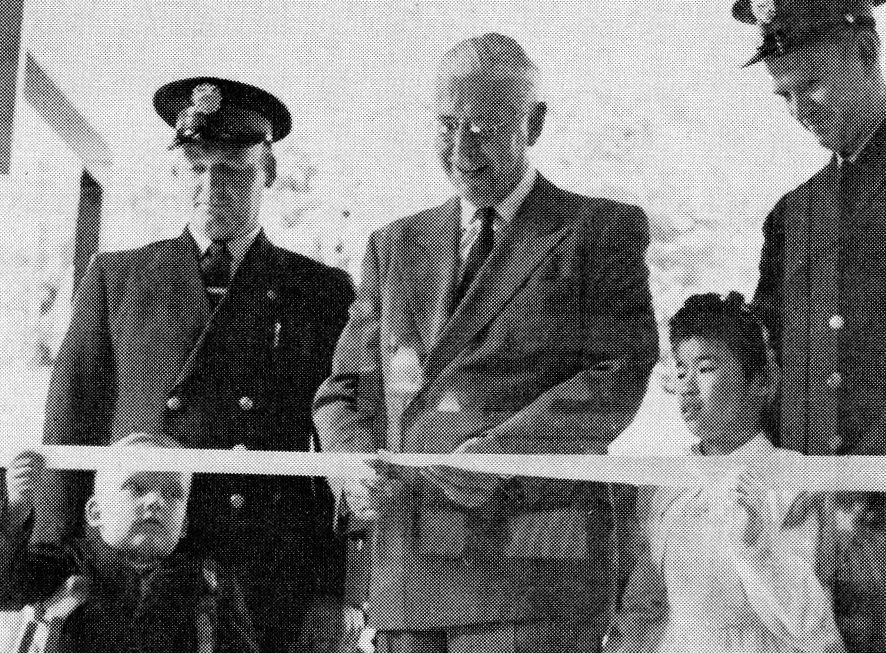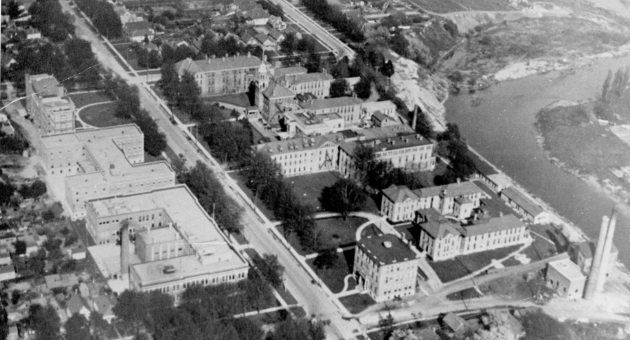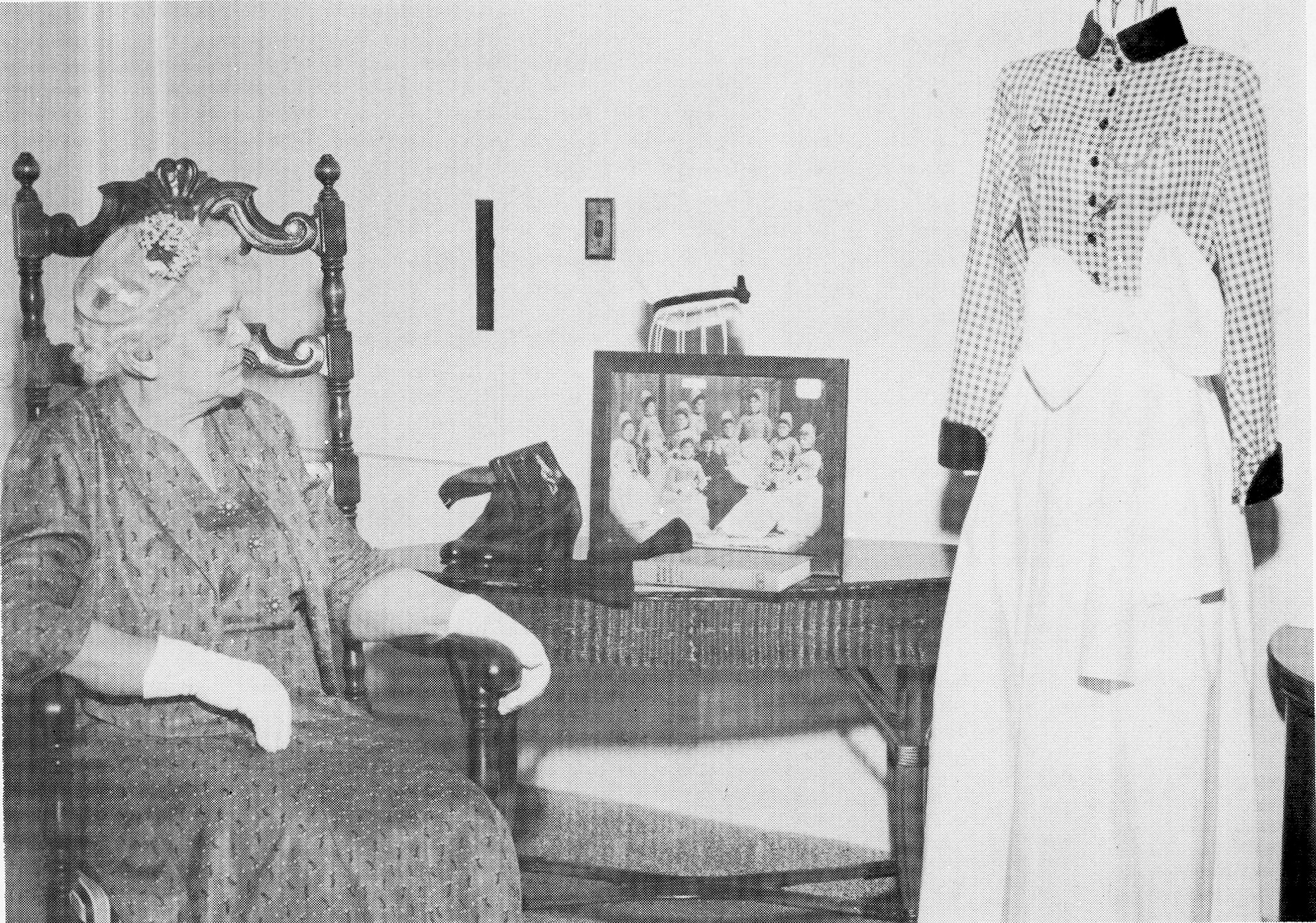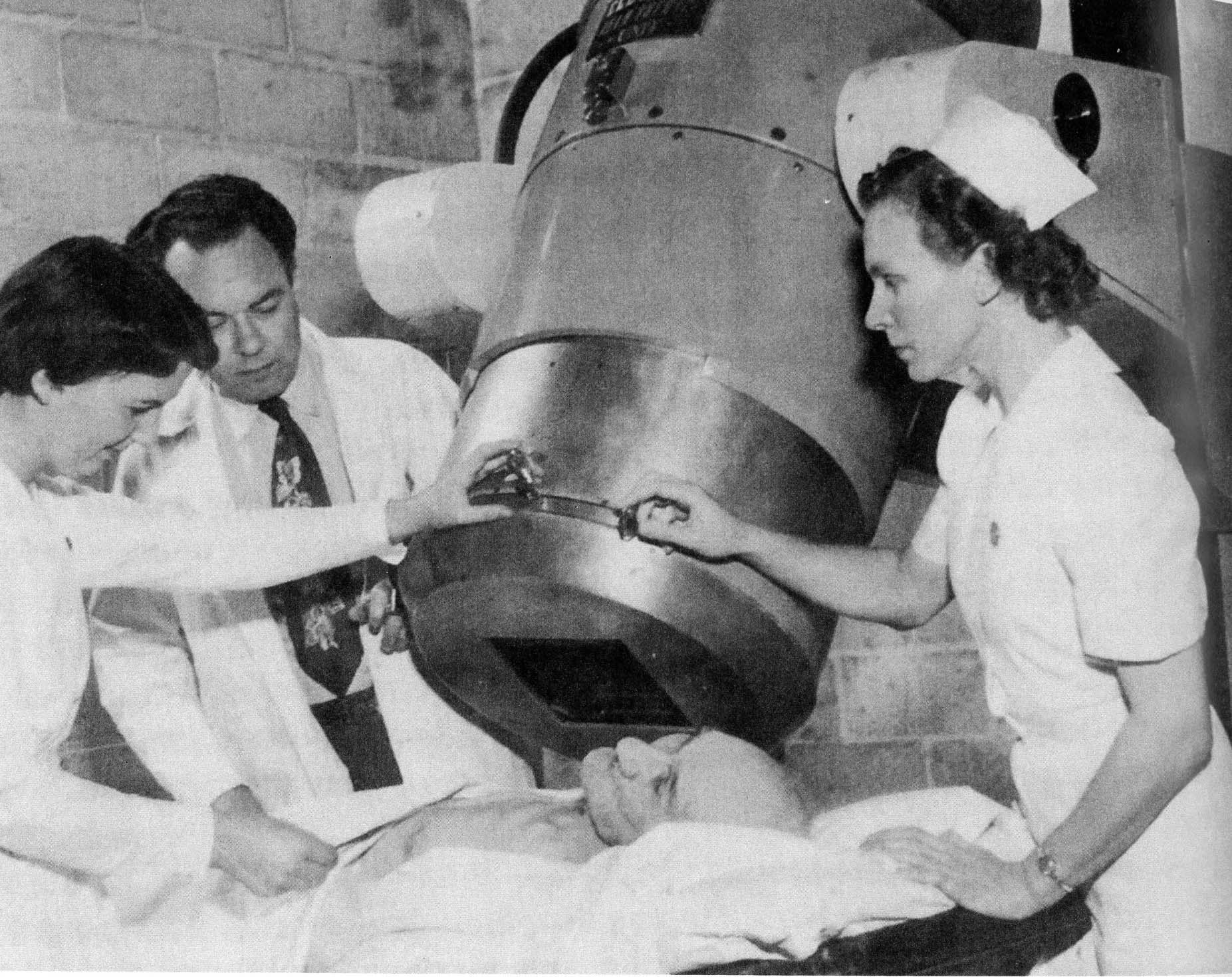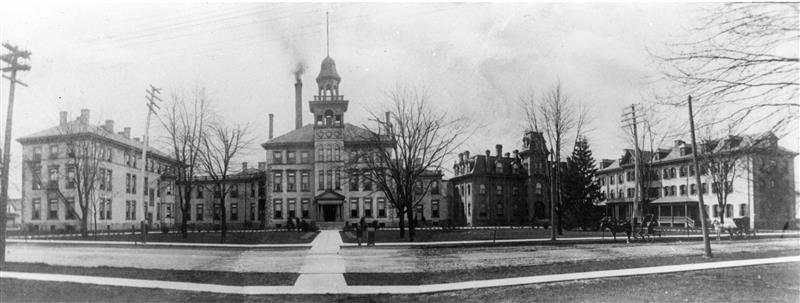Advances in biomedical engineering
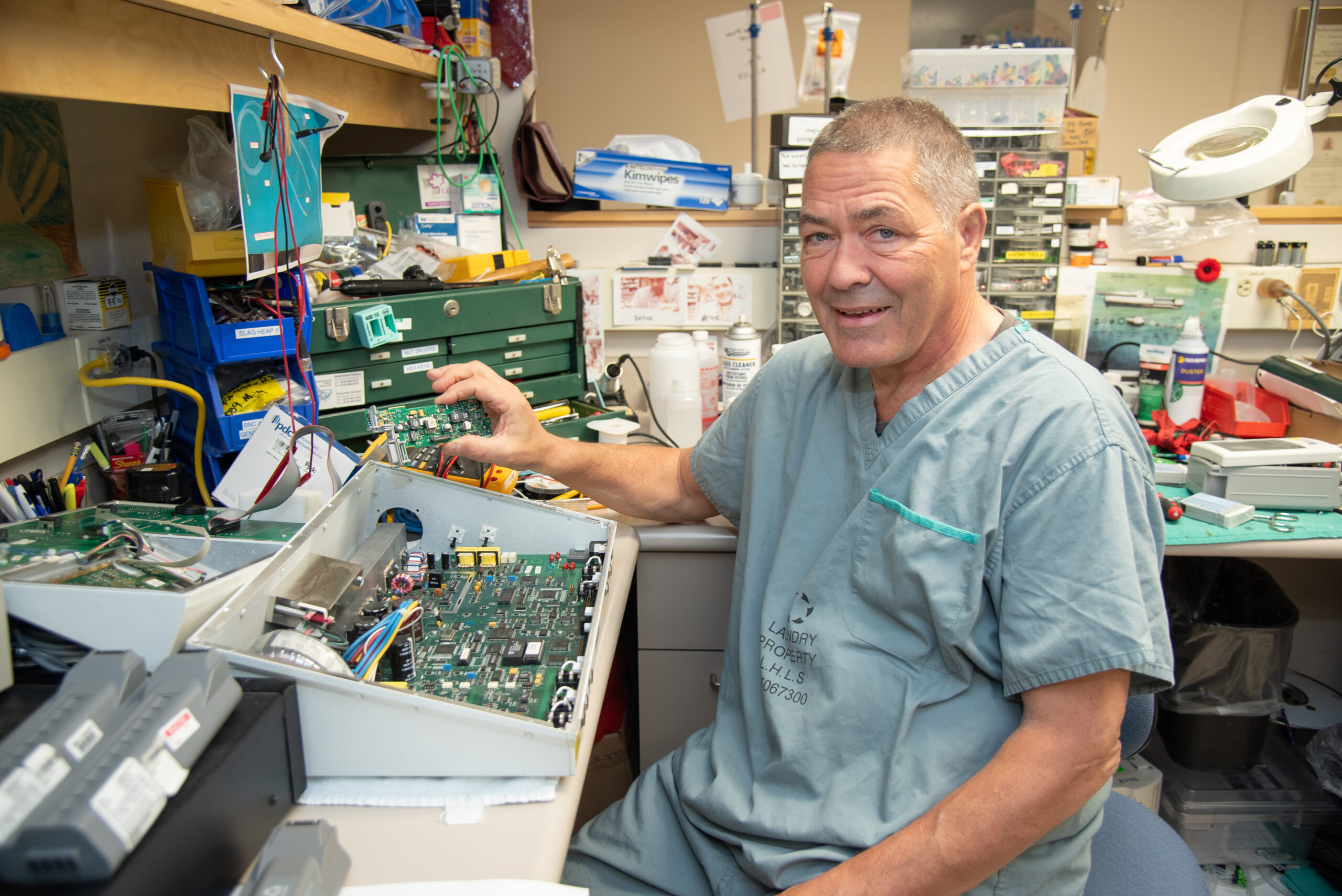
Above: Robert Mazza, Biomedical Technologist at LHSC explains the differences between computer motherboards from the early 2000s and today, such as the one he is holding.
As London Health Sciences Centre (LHSC) commemorates its 150th anniversary, we are reflecting on a century and a half of care, research, and innovation, and celebrating the people who have shaped our story and are leading our future.
Throughout its history, LHSC has been at the forefront of technologic advances, and has advanced the provision of care. The creation and growth of the Biomedical Engineering team is a strong example of how LHSC has embraced changing technology to evolve patient care.
The history of Biomedical Engineering
Technological advancements in the 20th century led to the need for staff to maintain increasingly complex medical equipment and support the creation of new devices that melded technology and health care. This led to the creation of roles in hospitals in the latter half of the 1900s such as Biomedical Engineers, Biomedical Engineering Technologists, and Technicians. LHSC’s Biomedical Engineering team began in the 1970s at University Hospital and in 1983 at Victoria Hospital. This skilled team maintains a variety of equipment used throughout the hospital from the complexities of cardiac surgery to the routine patient monitors at the bedside.
Big changes in three short decades
The work of the Biomedical Engineering team has continued to grow and change over the decades as technology has grown and changed, and some team members remember a much different time.
“We do a lot of tracking of pieces of equipment now and work more closely with ITS than ever before,” says Robert Mazza, who has worked as a Biomedical Engineering Technologist at LHSC’s University Hospital since 1987. With the variety of software programs needed to run diagnostics on various machines, computer literacy is a requirement, something Mazza notes is different from when he began. “We used to track our equipment with paper sheets when I started here and in the early-90s we got our first desktop computers.”
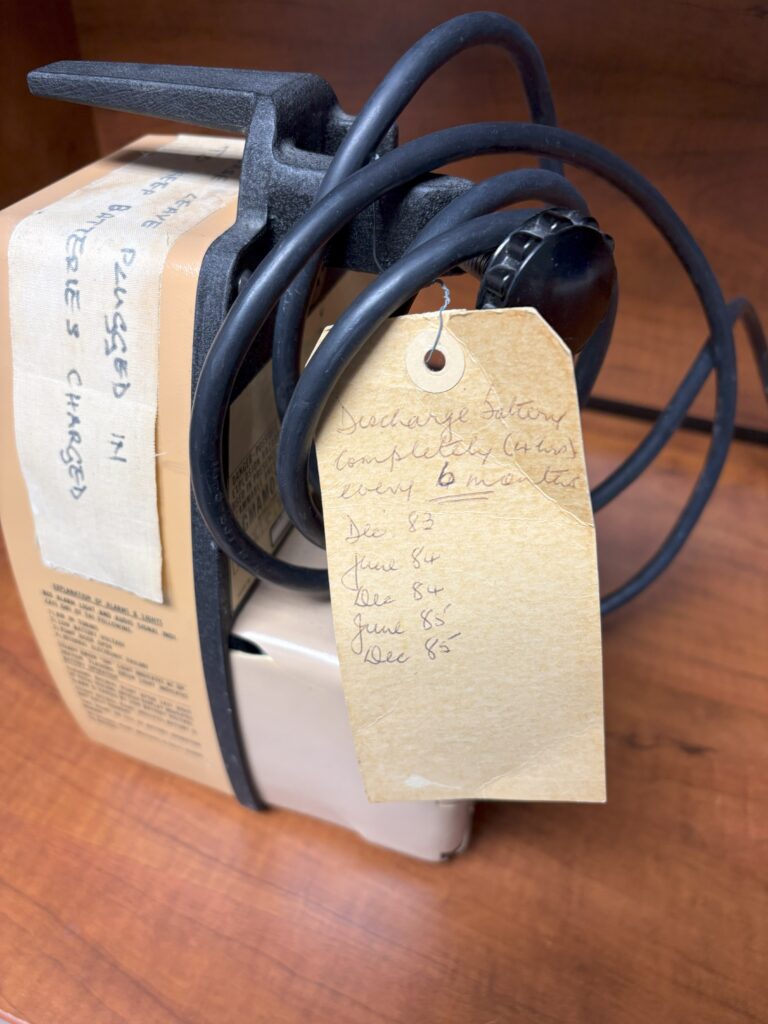
Imagine having to lift a 70-pound monitor off its wall bracket above a patient to replace it with one of equal weight because it stopped working. In the late 1980s and 1990s, this was routine practice for the Biomedical Engineering team at LHSC to repair a bedside monitor that wasn’t working properly. Mazza reflects on this change and how the equipment may have changed over the years, but its complexity hasn’t.
“Monitors today are much smaller and a bit easier to work on, however they’re more complex and the components are smaller and more delicate, so it’s a different challenge,” says Mazza.
From analog to digital and more
For Wendy Mills, a Biomedical Engineering Technologist who graduated in 1986 and started at LHSC in 2001, there have been significant changes in technology as it has moved from analog to digital.
“We used to be able to repair the motherboards by replacing faulty components. We rarely do component level troubleshooting any more. Now we usually replace the whole board because it is difficult to remove them without damaging the board,” says Mills.
She also notes the transition from more mechanical work on devices to software calibrations, and the increasing integration of the equipment with software, networks and even electronic health records.
“There have been a lot of advancements in health care that have led to an increase in the types of equipment, and our work has changed with it,” says Mills.
Mills has also noticed an increase in the training of Technologists with more schools offering courses and more women entering the profession.
“When I started I was the only woman in my graduating class and the only woman in the department for 25 years,” she reflects. “In the past decade, I’ve seen a lot more women go into Biomedical Technology.”
Biomedical Engineering still evolving at LHSC
Each year the Biomedical Engineering team at LHSC certifies and fixes over 24,000 pieces of equipment including key pieces of operating room equipment. These team members are partners in providing care throughout LHSC with over 40 technologists specializing in maintaining equipment, some that is highly specific. They play an important role in supporting patient safety by ensuring the medical devices are safe and ready to use when needed through preventative maintenance and repairs. Ensuring functional equipment availability helps front line team members in effective delivery of patient care.
When London General Hospital first opened 150 years ago, Biomedical Engineering was not yet a profession. As health care evolves and advances, new technologies and roles to support the implementation of the technology will continue to change how patients receive care.
As technology develops, so does the knowledge and skills of the Biomedical Engineering team. Their work is celebrated each year during Biomedical Engineering Week, May 19 to 23.
Biomedical Engineering at LHSC through the years:
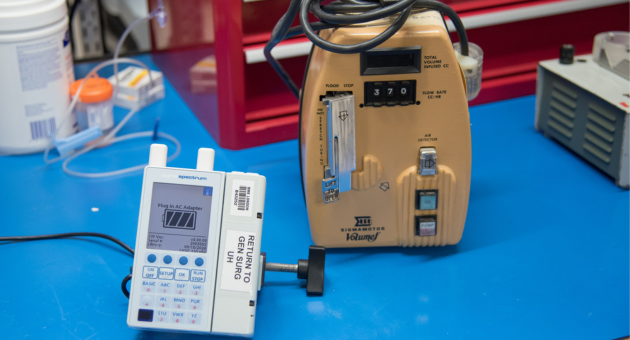
In the 1980s, Biomedical Engineering team members worked with Dr. Gord Campbell creating a number of devices including a patient controlled analgesic infusor. This meant patients in the late 1980s were able to receive pre-measured dosages of pain medication with built-in features to prevent patients from taking too much and safeguarded against theft or abuse. University Hospital developed their own pump before the pumps were available to purchase. LHSC still uses PCA pumps today for post-surgery: newer models of course!
